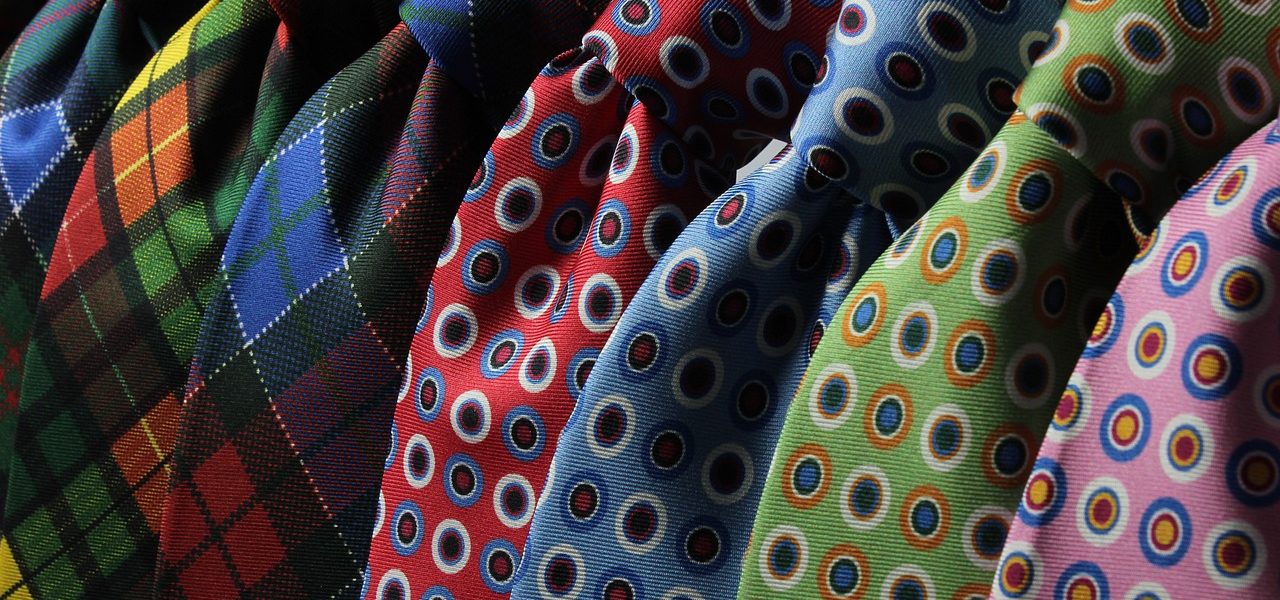The Art of Mixing Patterns. Here are 10 tips on how to create bold and harmonious, multi-colored styles for every occasion.
Fashion is an ever-evolving form of self-expression, and one of the most exciting ways to showcase your personality and creativity is through the art of mixing patterns. The idea of wearing multiple prints and patterns in one outfit might seem daunting, but when done right, it can result in bold, unique, and harmonious looks that stand out in a crowd. With the right techniques, anyone can master the skill of pattern mixing. This article will guide you through the essentials of combining patterns to create striking yet cohesive everyday outfits.
Understanding the Basics of Pattern Mixing
Mixing patterns is more than just throwing together random prints; it involves a thoughtful balance of colors, scales, and styles. The goal is to create a cohesive and visually appealing look that captures attention without overwhelming the senses. Here are a few basic principles to keep in mind:
- Balance is Key: When mixing patterns, achieving balance is crucial. Ensure that the prints complement each other rather than compete for attention.
- Stick to a Color Palette: Choosing a cohesive color palette is essential to keeping a pattern-mixed outfit harmonious. It doesn’t mean all colors need to match exactly, but they should be within the same tonal family or complement each other.
- Mix Different Scales: Combining patterns of different sizes—like pairing a large floral print with a small polka dot—creates visual interest without clashing.
- Consider the Pattern Type: Certain patterns naturally pair well together, such as stripes and florals or polka dots and checks. Understanding these combinations can make pattern mixing more intuitive.
How to Start: Basic Combinations for Beginners
For those who are new to mixing patterns, it’s best to start with more straightforward combinations before moving on to more complex ones. Here are some easy-to-pull-off pairings that work well for beginners:
1. Stripes and Florals
One of the most classic pattern-mixing combinations is stripes and florals. The simplicity and structure of stripes complement the organic, flowing nature of floral patterns, creating a balanced and visually pleasing contrast. For a more subtle look, keep both prints in the same color family. For example, a navy and white striped top can pair beautifully with a floral skirt that includes similar blue and white tones.
2. Polka Dots and Checks
Polka dots and checks are another great beginner-friendly pattern combination. The geometric nature of checks pairs well with the playful and round shape of polka dots. Try pairing a small gingham check top with a larger polka dot skirt or pants for an effortless yet chic look. Keep the colors consistent or within the same palette to maintain harmony.
3. Animal Prints with Neutrals
Animal prints, such as leopard or zebra patterns, can act as a neutral when mixed with other patterns. Pairing an animal print blouse with a subtle striped or solid-colored item allows the print to stand out without overwhelming the outfit. For a bolder look, experiment with adding another pattern in a complementary color.
Advanced Pattern Mixing Techniques for the Fashion-Forward
Once you’re comfortable with basic combinations, you can start experimenting with more advanced pattern-mixing techniques. These techniques involve more daring combinations that require a more nuanced understanding of color theory, proportion, and style.
4. Mixing Three or More Patterns
For a truly eye-catching look, consider mixing three or more patterns in one outfit. The key to pulling this off is to make sure there is a common thread that ties all the patterns together. This could be a shared color palette, a unifying accessory, or a similar scale of patterns. For instance, pair a small-scale polka dot top, a medium-sized striped blazer, and a large floral skirt, ensuring that at least one color is consistent across all three pieces.
5. Combining Bold Colors and Patterns
Mixing patterns with bold colors can create a striking and fashionable look. The key here is to limit the number of colors to avoid visual clutter. If you’re combining a bold red floral print with a blue geometric pattern, make sure the rest of the outfit includes neutral tones like black, white, or beige to ground the look. Accessories can also help tie the colors together.
6. Layering Patterns with Textures
Adding texture to an already pattern-rich outfit can elevate it further. Think of layering a tweed blazer over a silk floral dress or pairing a velvet polka dot skirt with a knit striped sweater. The different textures will add depth to the outfit, making it more visually engaging while maintaining harmony.
Tips for Creating Harmonious Pattern-Mixed Outfits
While mixing patterns is largely about personal style and experimentation, a few tips can help ensure that your outfits remain stylish and balanced:
7. Start with a Statement Piece
Choose one patterned item as the focal point of your outfit, and then build the rest of the look around it. This could be a bold floral skirt, a graphic patterned blouse, or even a pair of plaid trousers. Once you have a statement piece, select other patterns that complement or accentuate it without overshadowing it.
8. Use Accessories to Tie Patterns Together
Accessories such as scarves, belts, bags, and shoes can be instrumental in bringing different patterns together. A solid-colored belt can break up two bold prints and provide a visual resting point, while a patterned scarf that includes colors from both prints can help unify the look.
9. Consider the Silhouette
When mixing patterns, the silhouette of the outfit is just as important as the prints themselves. Opt for clean and tailored silhouettes when wearing multiple bold patterns to avoid looking overwhelming. A structured blazer over a flowy patterned dress or fitted pants with a patterned top can help maintain balance and prevent the look from appearing too busy.
10. Mind the Proportion – The Art of Mixing Patterns
Proportion plays a crucial role in creating a balanced outfit. A general rule of thumb is to pair larger patterns with smaller ones. For example, a large checkered coat can pair nicely with a smaller floral print dress or top. This balance prevents any one pattern from overpowering the other, allowing both to shine.
Common Mistakes to Avoid When Mixing Patterns
While mixing patterns can be fun and creative, there are a few common pitfalls to watch out for:
- Overdoing the Patterns: Too many bold patterns without a unifying element can look chaotic. Always aim for a cohesive theme or color palette.
- Ignoring Color Theory: Clashing colors can easily turn a potentially stylish outfit into a fashion mishap. Understanding complementary colors and how they work together is essential.
- Neglecting Accessories: Accessories can make or break a pattern-mixed outfit. Choose them wisely to either complement the patterns or serve as a neutral grounding element.
Embracing Your Personal Style
Ultimately, the art of mixing patterns is about expressing your personal style and creativity. Don’t be afraid to break the rules and experiment with unexpected combinations. Fashion is about having fun and feeling confident in what you wear. If you love a combination, wear it with pride!
The Art of Mixing Patterns – Conclusion
Mixing patterns is an exciting way to inject creativity, boldness, and personality into your everyday wardrobe. By understanding the basics, starting with simpler combinations, and gradually experimenting with more advanced techniques, you can master the art of pattern mixing. Remember that the key to creating harmonious and bold outfits lies in balancing colors, scales, and styles, all while staying true to your unique fashion sense. So go ahead, mix those stripes with florals, play with polka dots and checks, and embrace the art of pattern mixing as a powerful form of self-expression.











